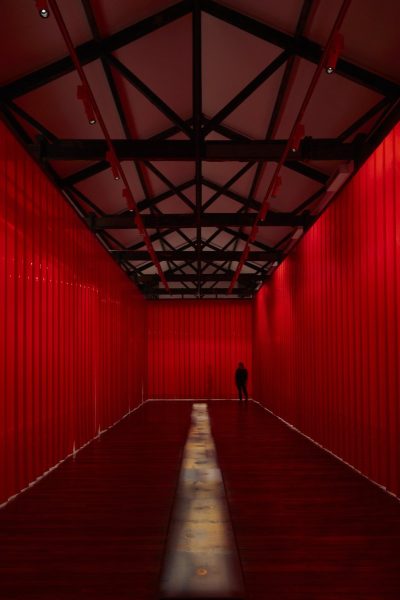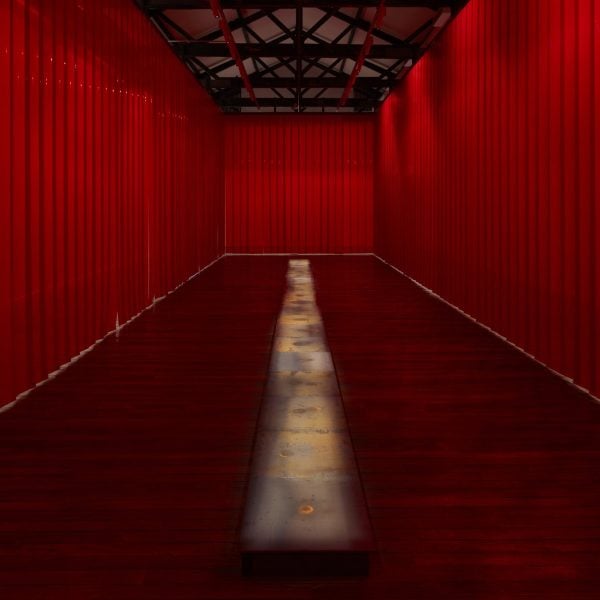Home Participants 22nd Biennale of Sydney (2020) Teresa Margolles
Teresa Margolles


Teresa Margolles

Teresa Margolles’ work is an accumulation of violent acts, plotted through a complex memorial to lives lost and to sites where trauma continues to resonate and bare material traces of the violence perpetrated. In both Mexico and Australia, Margolles visited sites where women and trans women have been murdered. The blood that has soaked into the sites, the hair and body odour, are remembered amongst the sites other accumulated particles. These particles are collected through sponging the sites with water – collecting what residue remains – we are all witnesses. The water is incorporated into a process where a droplet of water – signifying an individual life – is fed through a water system that drops from a central irrigation pipe. Drop by drop onto the electric hot plate, the life evaporates but leaves a stain. Without directly using abject materials, Margolles re-articulates the absent body and the violence perpetrated against it through viscerally present materials, a red plastic butchers curtain, drops of water, and hot plates, creating a chain of events that remembers the losses through a signalling action that becomes visually accumulated moments. Teresa Margolles was born in 1963 in Culican, Mexico. She lives and works between Mexico City and Madrid. She studied Communication Sciences and Forensic Medicine at Universidad Nacional Autónoma de México, starting her artistic career in the early 1990s. Ever since, she has been developing a powerful oeuvre that demands attention to violence, poverty and alienation, exposing the social and economic order that renders violent and destitute deaths an accepted normality. Commissioned by the Biennale of Sydney with assistance from Acción Cultural Española (AC/E), Embassy of Spain and Galerie Peter Kilchmann. Courtesy the artist and Galerie Peter Kilchmann, Zurich. National Art School collaborators: Terhi Hakola, Nathan Hale, Carolyn Lee
“El trabajo consistió en señalizar los lugares donde ocurrieron asesinatos y desapariciones de mujeres. Los eventos violentos fueron llevados acabo en Sydney y sus alrededores. Los participantes, alumnos de la Escuela Nacional de Arte desarrollaron la accion a través de señalizar con agua el suelo y absorbiendo el material de cada escena.
La instalación incluye un perimetro de cortinas industriales de plástico rojo, en su interior se encuentran 20 planchas de hierro caliente sobre las que caen gotas de agua. El agua que fue absorbida de las escenas antes mencionadas. El cuerpo acuchillado, abierto en múltiples heridas, en su interior se encuentra el resto evaporado, gota a gota como una herida nunca cerrada, siempre supurando.” TM “This work references the places where homicides and disappearances of women have occurred. The violent events took place in Sydney and its surrounding suburbs. Margolles and a group of participants, students from the National Art School, developed performative actions to collect the essence of each scene using water and absorbing material from the site.
The installation includes a perimeter of red industrial curtains, in the interior there are 20 steaming iron plates on which drops of water fall. This is the water that was absorbed in the aforementioned scenes.
The stabbed body, open in multiple wounds, in its interior lays the evaporating remains, drop by drop like a never closing wound, always suppurating.” TM